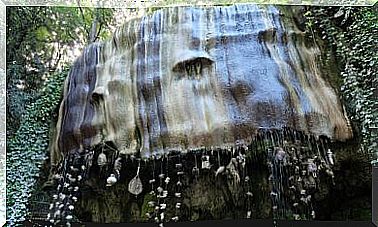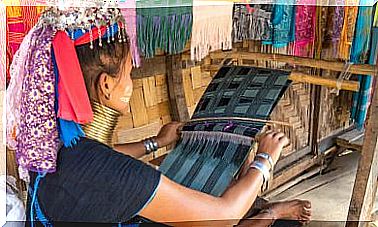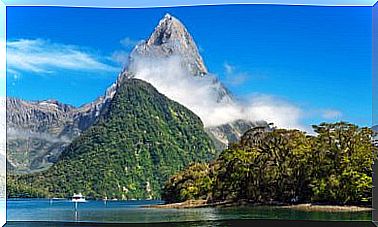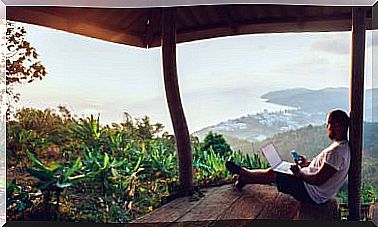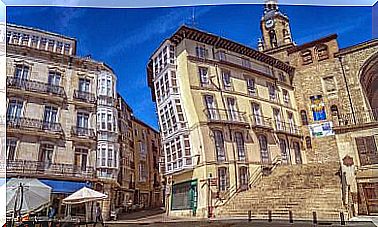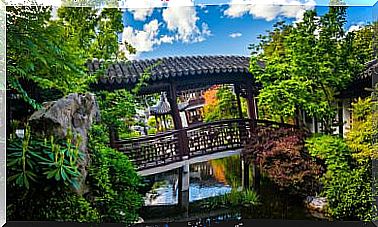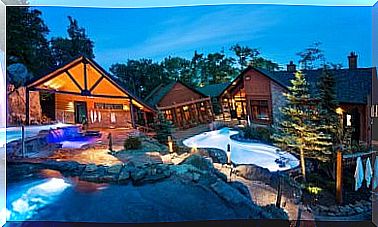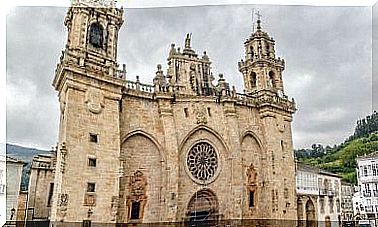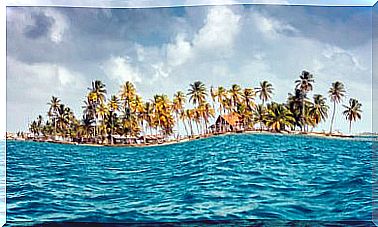What Do You Know About Lake Titicaca?
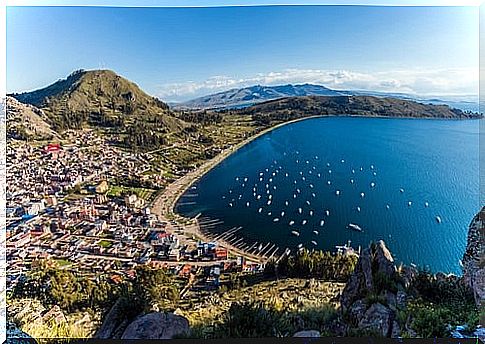
Located between Bolivia and Peru, considered sacred by ancient civilizations and the highest in the world among navigable ones, Lake Titicaca is a pearl of the Andean Altiplano. Knowing it is a truly unforgettable experience, especially if you want to learn about culture and be in contact with nature. Today we take a tour of this lake at an altitude of more than 3,800 meters … And we will tell you about it!
The sacred lake before and after the Incas
From time immemorial there were settlements and populations that lived around Lake Titicaca : the Chiropa, Pucará or Tiahunacota peoples before the arrival of the Incas and then the white man and the communities that remained standing after the conquest.
The lake has several small islands, current home to the Aymara and the Quechuas, who continue to maintain their culture and traditions and where Spanish is the secondary language. This large body of water (about 8,300 km²) is divided into two parts: Wiñaymarca (minor lake) and Chucuito (major lake), joined by the Strait of Tiquina.
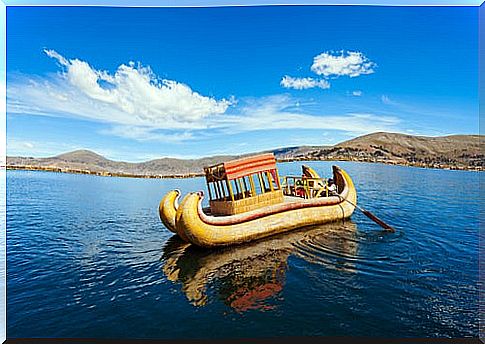
Lake Titicaca is still very important for the area, as it moderates the climate, retains solar radiation and radiates it at night, fishing is carried out, allows agricultural activities in the surroundings and, of course, is a highlight for the tourism.
Lake Titicaca: its tourist attractions
In addition to being able to marvel at a lake of such characteristics, with all the history and the water that it has accumulated over centuries and centuries, visitors have the possibility of visiting two countries almost at the same time during their stay. The main attractions are:
Puno city
Located in Peruvian territory, it was founded in 1666 by the Spanish, but many Aymara live there who preserve their ancestral heritage. The climate is cold (0 to 13 ° C), but the landscapes are really beautiful. Pre-Hispanic culture is breathed in every step, especially during the religious festival of La Candelaria.
Floating islands of the Uros
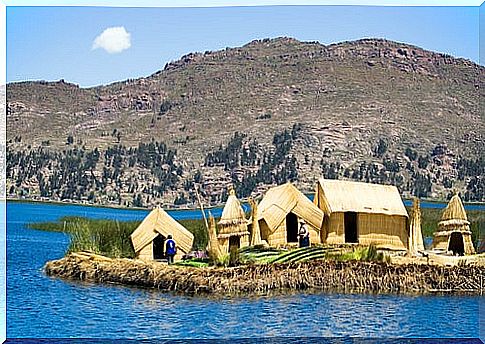
They are located 14 kilometers from Puno and are islands made with totora (a type of plant, similar to papyrus) where a people called Uros live, one of the oldest in the Altiplano. They are dedicated to fishing and hunting birds, as well as making baskets and other items using the same raw material with which they created the islands.
Taquire Island
It is 4,000 meters above sea level and has an area of 7.5 km². To get to the main part it is necessary to climb a ladder of… almost 600 steps! From there the views are so spectacular that you won’t mind fatigue or effort.
The island is inhabited by the Quechuas, who base their economy on barter (exchange of products). Of course they also sell handicrafts to tourists in exchange for money.
Amantani Island
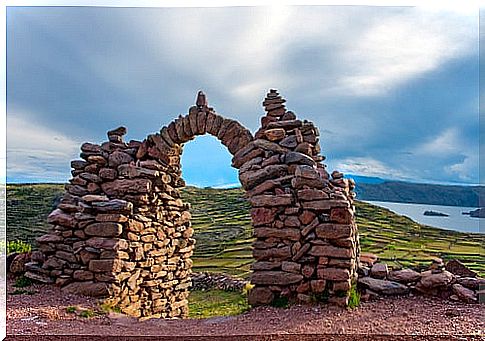
It is a little bigger than the previous one but it is also at a high altitude (3,800 meters above sea level to be more precise). On the island (known as “island of love”) we can find typical flora of the area: tola, muña or salvia, among others. The highlights are the temples of Pachatata and Pachamama, dedicated to the fertility of the earth and used for sacred rituals.
Sun `s Island
It is one of the most popular in all of Lake Titicaca, in Bolivian territory. Legend has it that here Manco Capac and his wife Mama Ocllo started with the Inca dynasty and then went on to found Cuzco. It was used as a sanctuary with virgins dedicated to the Sun God and today Aymara and Quechua live.
Island of the Moon
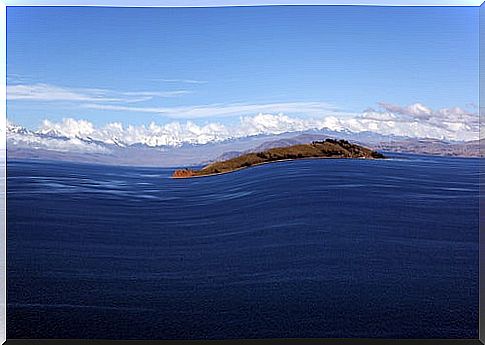
Very close to the “opposite”, we can find in it a sacred temple called Iñac Uyo. Legend indicates that rituals where the two main tribes of the region demonstrated their friendship were performed from there. Today 25 families dedicated to agriculture and fishing live there.
Copacabana
It is a Bolivian city very close to the lake (and from where excursions to the islands usually depart). One of the most outstanding places is the church of the Virgin of Copacabana, whose construction dates from 1601 and is in the colonial baroque style. We can also visit Calvario, located on top of a hill. This tradition is carried out not only at Easter but every day: people go on pilgrimage to the summit while praying.
